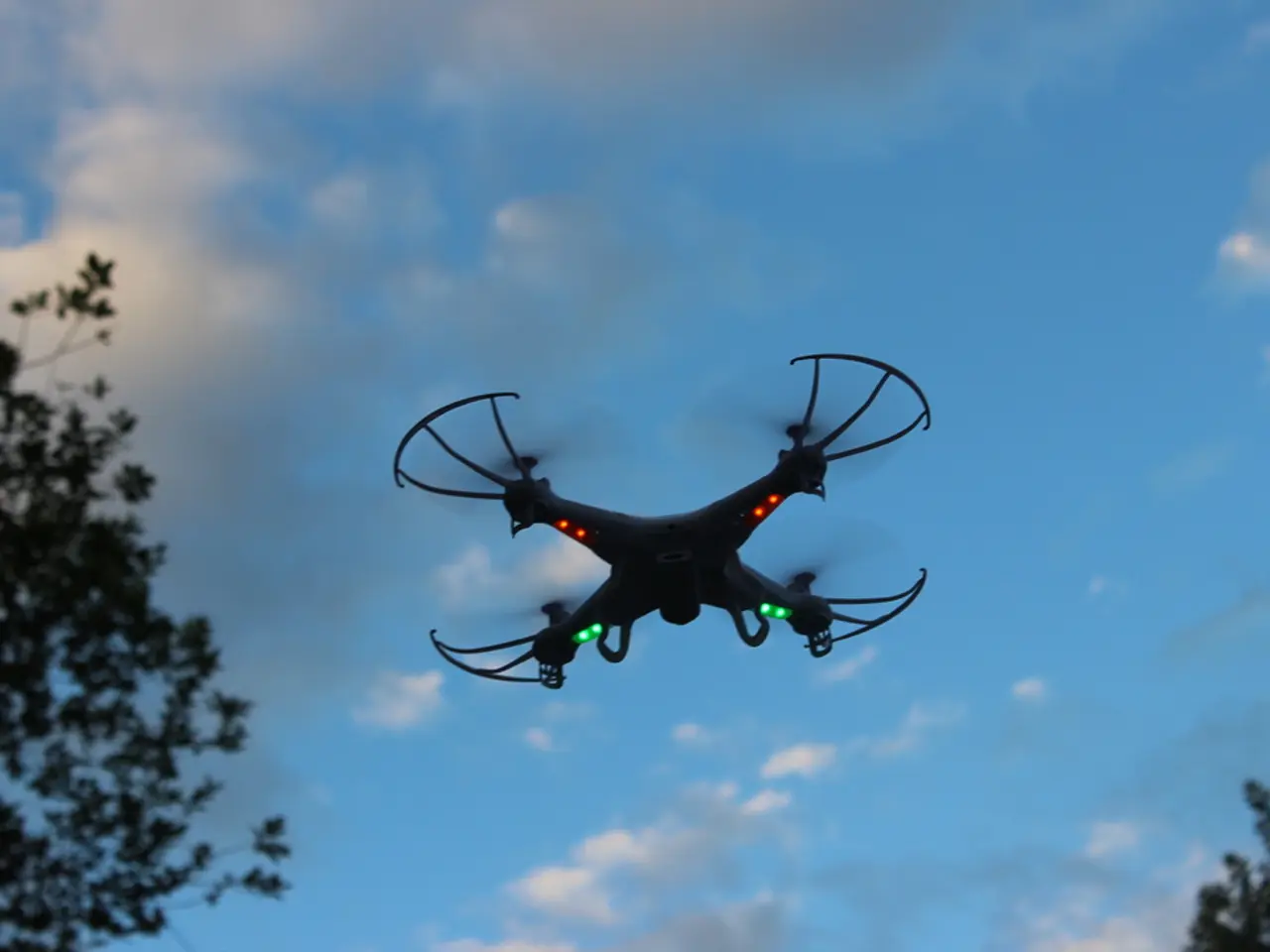Autonomous Vehicle Industry Faces Tumultuous Times as Motional Lays Off 40% of Staff
The autonomous vehicle (AV) industry is experiencing a period of significant growth, with the global market valued at an impressive USD 84.2 billion in 2025. Projections suggest that this figure could reach an astounding USD 763.7 billion by 2034, growing at a CAGR of 27.8%. However, the road to widespread adoption of autonomous vehicles is fraught with challenges.
One of the key players in the AV space, Motional, has recently undergone a major restructuring. In May 2024, the company announced the layoff of approximately 550 employees, representing around 40% of its workforce. This move affected various teams within Motional, including Technical Program Management, Silicon Valley Operations, High-Performance Computing, Los Angeles Operations, Remote Vehicle Assistance Platform, and other departments such as Product, Safety, Cybersecurity, and Legal.
The layoffs impacted the Motional offices in Venice, Milpitas, Las Vegas, and Pittsburgh. The Venice office, which served as a hub for operations and commercial deliveries for Uber Eats, is also being wound down. In Milpitas, the office housing a significant portion of the compute design team has been scaled down, with 41 employees being laid off. Similarly, 52 employees in Venice and 129 employees in Las Vegas were let go.
The layoffs at Motional are reflective of the difficulties companies in the AV industry face in balancing rapid technological development and commercialization pressures against economic realities and operational efficiencies. The challenges the industry is grappling with include ensuring reliable performance in unstructured environments, high development and deployment costs, regulatory hurdles, public trust concerns, building scalable and reliable infrastructure to support autonomous fleets, and technical challenges such as the need for consistent high-speed connectivity and detailed maps for safe navigation.
Forging strategic partnerships with automakers, technology providers, and ride-hailing services will be essential for Motional's commercialization. Securing additional funding will be crucial for Motional's research and development efforts. Building public trust will be vital for Motional and the AV industry for widespread acceptance. Navigating regulatory uncertainty will also be critical for the industry's future.
The coming years will be critical for the AV industry, separating those with staying power from those destined to fall by the wayside. The future of mobility: autonomous vehicles remains a topic of interest, and the state of the autonomous vehicle industry in 2024 is a subject of ongoing discussion. The top 10 challenges facing the autonomous vehicle industry is a topic of interest, with industry experts and analysts closely monitoring the industry's progress and challenges.
In conclusion, the autonomous vehicle industry continues to show promise, but it must navigate substantial hurdles. Companies like Motional are facing economic realities and are undergoing restructuring efforts to adapt to evolving market conditions and prioritize sustainable business models. The industry's future will be shaped by its ability to overcome these challenges and bring autonomous vehicles to the mainstream.
- The future of AI in the cybersecurity sphere of the software industry could provide valuable insights to companies like Motional as they strive for increased operational efficiency and public trust.
- In the realm of finance and business, AI technology could play a pivotal role in predicting and navigating regulatory uncertainties in the autonomous vehicle industry, thus providing a competitive edge.
- As the AV industry grapples with long-term commercialization, AI could potentially streamline the development and deployment process, reducing costs and increasing reliability in unstructured environments.
- In the pursuit of building scalable and reliable infrastructure for autonomous fleets, AI could prove instrumental in providing consistent high-speed connectivity and detailed maps for safe navigation, thus paving the way for widespread adoption of autonomous vehicles.



